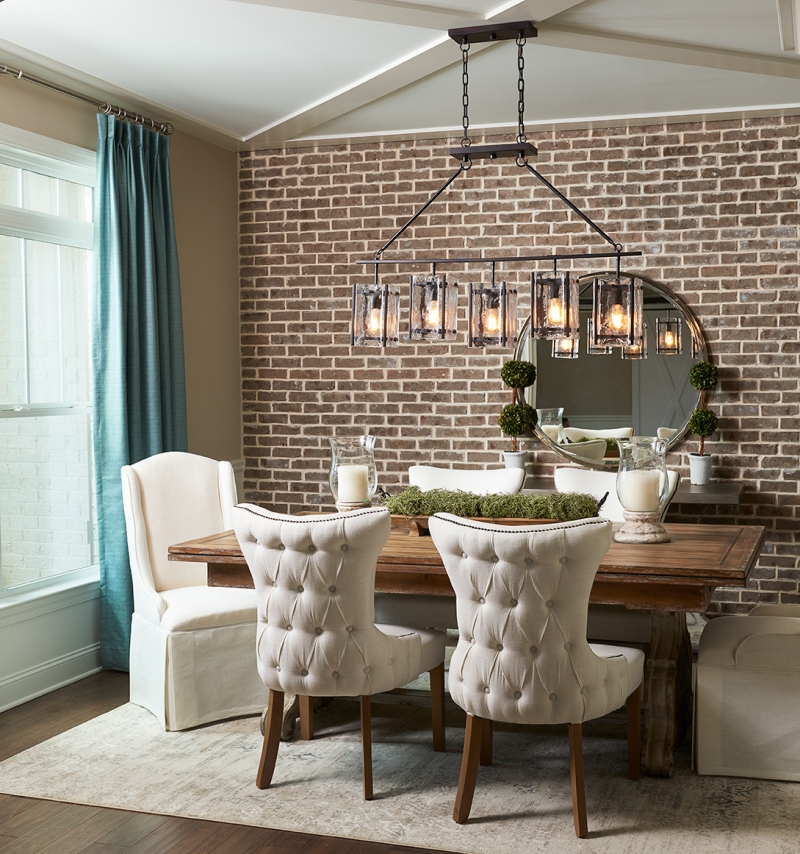What to Know Before Buying Lights

Before purchasing any new light fixtures for your home, there are some very important questions that you need to answer. This will make the process easier!
What do you do in this room and where do you need light to shine?
The answer to this question will differ from room to room. For example, in the kitchen, you need light to illuminate where you cook and where you eat. You might want overhead light, light over your island, light over your table, light over the sink and light over the countertops.
How many downrods or feet of chain are supplied with this fixture?
Make sure to install hanging fixtures at the right height (click here for more on determining the correct height) for the best results. Fixtures typically are supplied with 8 feet of chain or 4 separate downrods.
This can vary between manufacturers, so if you are not sure or you need a specific amount of chain or downrod, make sure to get that information before purchasing.
What is the maximum wattage the fixture can use?
Fixtures are approved for use with bulb wattage limits, such as 60, 100 or 150. Do not use bulbs above the approved wattage limit. If you do, you run the risk of serious damage or fire! Think about how much light the fixture will provide using the bulb type and wattage limit, then purchase according to what you need. Also, make a note of what type of bulb is used: incandescent, halogen, fluorescent, xenon and LED are common options.
Please also note that wattage does not measure how bright the light will be. That is measured by lumens.
What are the measurements for the canopy or backplate?
Canopies are decorative plates that mount to the ceiling and backplates are found in wall lights. These pieces need to be big enough to cover the hole that's drilled in your ceiling or wall to accommodate the fixture. Measure the existing hole or the new junction box before making a purchasing decision. You don't want to get a fixture with a canopy or backplate that's too small to cover the spot!
How much does this fixture weigh?
This is very important information! If you are replacing an existing fixture, try to pick a new one that weighs about the same as the old one. However, if you do buy heavier fixtures, you need to install a different junction box that can handle more strain.
What kind of voltage is used?
Most fixtures are line voltage (120 volts), but a few varieties—including track lighting and under-cabinet lighting—operate off low voltage (12 volts), meaning you need to purchase a transformer. Generally, landscape lights are also low voltage.
If you have more questions or need help, please feel free to give our trained lighting specialists a call at 1-866-688-3562.
Emma Harger-Young - Lights Online
